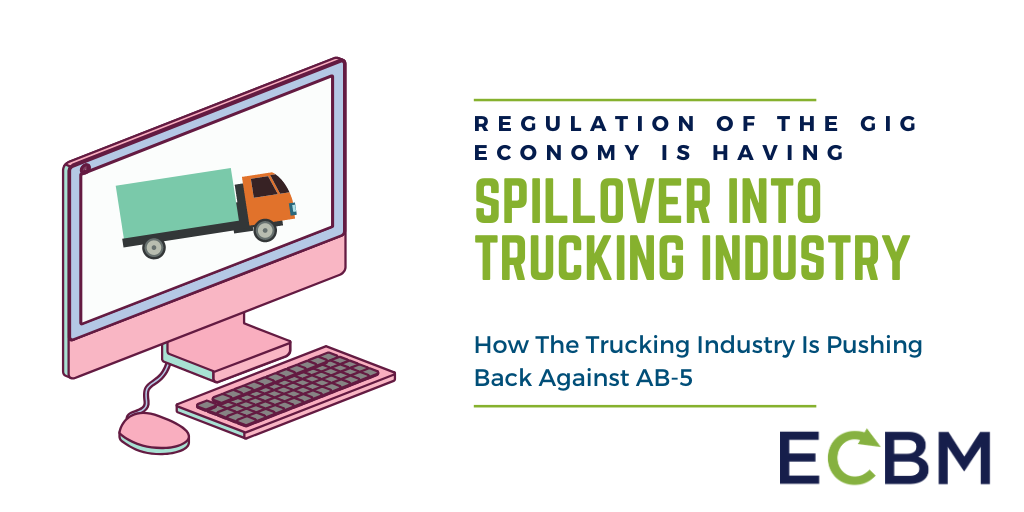PA Finding Struggles With Relief For Unemployed Gig Workers
The rise of the gig economy radically transformed employment for many people in a very short time. The impacts and consequences of that transformation are still working their way through ... READ MORE
Posted by ecbmadmin
The Road Ahead For Teams Working Remotely
More employers are opting for a remote workforce. Whether due to the recent COVID-19 health crisis's challenges, costs associated with a more traditional workspace, keeping your talent on ... READ MORE
Posted by ecbmadmin
NLRB Issues New Joint-Employer Final Rule
For the past several years, attempts at the federal and state level to clarify rules on joint employment situations have caused considerable heartburn and anxiety for employers. While ... READ MORE
Posted by ecbmadmin
The Delicate Balance And Risks In Non-Compete Clauses
Employment contracts are different from most other types of commercial contracts. A host of unique rules apply to employment contracts. At the end of the day, though, they are still ... READ MORE
Posted by ecbmadmin
Regulation of the Gig Economy and Its Impact on Trucking
It was expected that California’s Assembly Bill 5 passed late last year would spawn tons of litigation. The law radically changed how workers from uber drivers to television show writers ... READ MORE
Posted by ecbmadmin
AB-5 Brings More Legal Battles For Gig Economy Businesses
There has been an ongoing fight over how to define employees for the past few decades. As technology has re-shaped the workforce, this fight has gotten more intense. State and federal ... READ MORE
Posted by ecbmadmin
House of Service Rule Updates Caused by DOT Investigations
Hours of service requirements are a big deal for trucking companies. The penalties for violations can be significant – up to $16,000 per violation. Violations will also impact a trucking ... READ MORE
Posted by ecbmadmin
Business Insurance Concerns: Action Over Cases
Action over cases have become increasingly common over the past two decades. These cases involve employees collecting worker’s compensation from their employer, and then suing a third party ... READ MORE
Posted by ecbmadmin
Avoid Expensive Wage & Hour Litigation for Overtime Rates
The Fair Labor Standards Act sets national standards for wage and hour issues related to employees. The law empowers the Department of Labor to set eligibility standards for overtime pay as ... READ MORE
Posted by ecbmadmin









.png)
.png)